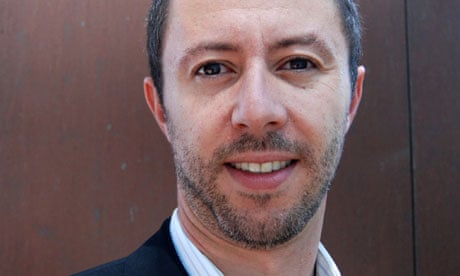Bring your own device (BYOD) has enamoured many organisations. It has introduced several positive forces into the enterprise with the supposed promise of cost savings, employee satisfaction, and productivity.
However, reality has proven to be otherwise. As many organisations struggle with implementing a BYOD program, others wonder if there is an alternative. I recently caught up with Philippe Winthrop, VP of corporate strategy at VeliQ, to discuss a BYOD alternative model, COPE, that Winthrop suggests is the "best of both worlds" approach to mobility.
COPE, which stands for corporate owned, personally enabled, is an acronym that Winthrop came up with around February 2012. Winthrop was inspired to create COPE because he questioned why the merits of corporate liability had disappeared from the enterprise mobility equation. As Winthrop stated: "I felt that is preposterous – why can't you have the device that you want, but provided by the corporation?"
Winthrop points out that COPE offers the best of both BYOD and a corporate liability model: "You get all the benefits behind BYOD but retain the ownership from a legal perspective." This allows companies to leverage economies of scale for contract negotiations. "BYOD is not about BYOD," he added. "It's about the consumerisation of IT. So why not fully embrace the consumerisation of IT in a controlled manner?"
COPE isn't the 'command and control' IT mentality of yesteryear. According to Winthrop, COPE is not "the old-school model where you can't do this or that, and the only thing you can do on your work BlackBerry is work phone calls and emails while everything else is blocked." Winthrop thinks that IT needs to re-evaluate the idea of control: "COPE is more about lightening the grip just a little bit, just enough so you're not choking your workforce."
Because it is a mobile-centric model, Winthrop believes that COPE also brings a breath of fresh air to the work/life balance inside organisations. Beyond allowing users to pick the platform and devices they want, organisations should say: "Go download your Facebook app, go tweet away and download Angry Birds. Just act responsibly." Winthrop thinks that end-users have to change their ways just as much as IT. An employee needs "to act like a good corporate citizen. It's called trust."
Winthrop suggested some best practices for enterprises going down the COPE road. To begin with, he recommends providing a shortlist of recommended devices. "Realistically, if you find half a dozen smartphones or tablets you're going to have 80% of the market covered." Winthrop pointed out that devices are constantly evolving and organisations will need to have someone monitoring and updating recommendations. He pointed out that even with a BYOD approach a company would need to have someone doing this task.
Winthrop also suggested that "regardless of BYOD or not, you have to have a mobility policy in place." This explains to end-users what it means to be a good corporate citizen as well as the rationale and the repercussions. The last big piece in the COPE model according to Winthrop is "working with the carriers to negotiate the most favourable terms possible. That goes for rate plans, voice, data, SMS, roaming etc."
Winthrop suggests that the COPE model is a great fit on an international level as well. He noted some key areas that COPE translates better for a global corporation. "As you know there are certain countries where it's illegal to wipe a personal device. However, if it's not a personal device it's fine." COPE takes away some of the legal challenges and messiness when users leverage their own personal devices for work purposes.
Winthrop was quick to point out that COPE starts to break down when there is misunderstanding from the end-user community: "meaning, they may still feel they are being watched by big brother." On the corporate end it breaks down if there is a "lack of transparency in the policy between employer and employee." Winthrop says both employee and employer need to think of COPE as more than just Corporate Liability 2.0.
In the end, Winthrop believes the whole point of BYOD or COPE isn't about devices but about enablement. He advises us to "stop worrying about struggling with BYOD and instead think of how you're going to enable mobility in the workplace. It doesn't matter at the end of the day who owns the device." For certain organisations, where the idea of mobile enablement shines brightly but BYOD has lost its initial lustre, they can "regain the benefits in the corporate-owned environment without losing the personal enablement by leveraging COPE."
Get more articles like this sent direct to your inbox by signing up for free membership to the Guardian Media Network – this content is brought to you by Guardian Professional.
